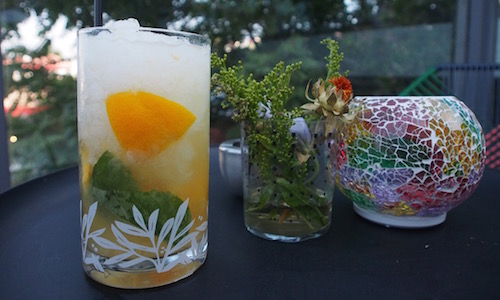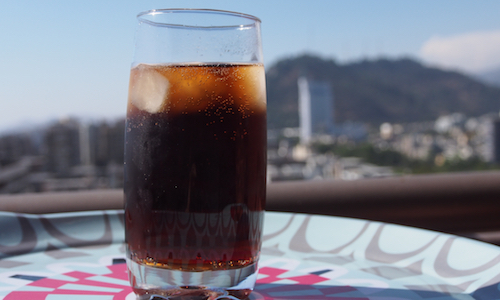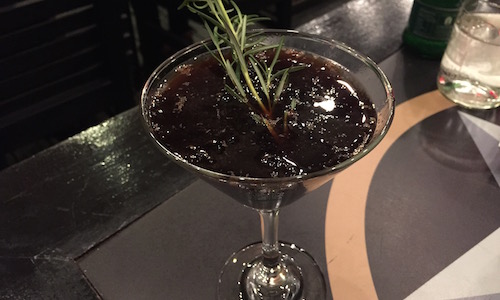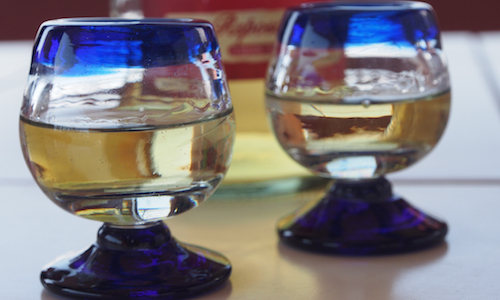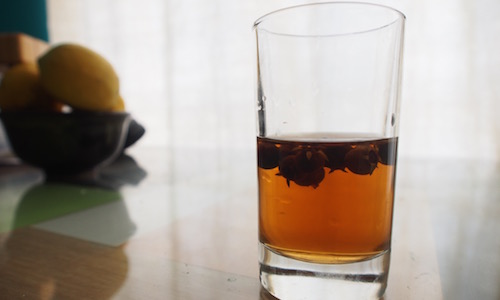7 Ways to Drink Pisco That Are Not a Pisco Sour
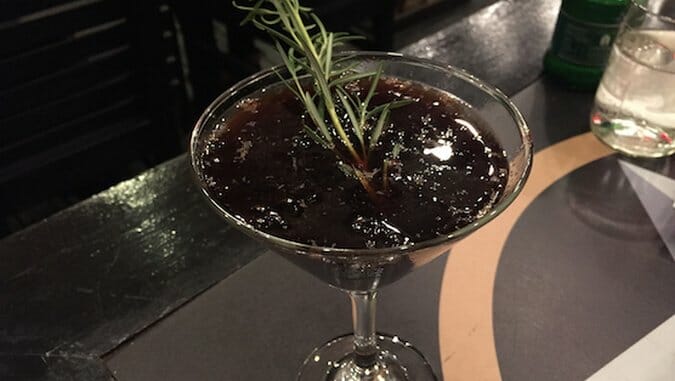
Both Chile and Peru stake a claim to Pisco, a distilled alcohol made from grapes. The rules for making Pisco in both countries are highly controlled, with regions, types of grape and processes differing for each nation. Where they come together (sort of) is in making Pisco sours, a tangy aperitif made to start the meal. The main ingredients are Pisco, the juice of limón de pica (a type of lemon not dissimilar to a key lime), and powdered sugar. Recent innovations include mango sours, raspberry sours, and I once even had a cassis sour.
Pisco is not only for sours, though. It’s for making eggnog-like drinks, and refreshing cocktails that may remind you of some you already know. At some upscale bars in the US, in Peru, and in Chile (where I live), they’re getting even more creative, adding bits and pieces, spices and herbs to make the kind of cocktails you wish you could get the recipe for, though bartenders will only sometimes indulge you. The following are seven ways to drink Pisco that are not a Pisco sour. Choose whichever Pisco you can find, though the lighter drinks are where the flavor of the Pisco you choose (which can be more floral, more fruity or more pure alcohol) will really shine through.
Algarrobina
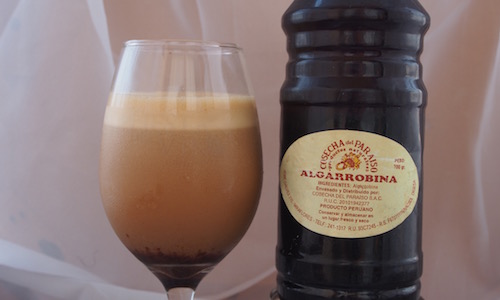
??Algarrobina is a syrup made from the carob tree, and its taste is somewhere between molasses and chocolate, with something mineral behind. Blend it into this eggnog-like drink—of the same name—to surprise guests with what many Peruvians consider to be one of the essential flavors of Peru. Don’t believe me? There are even algarrobina Frappuccinos at Starbucks in Peru. Look for the syrup in international, Latino or Peruvian markets, or order online. Combine 1 ¾ cups of pisco, ½ cup algarrobina syrup, 1 can of sweetened condensed milk, 2 egg yolks and ½ tsp ground cinnamon in a blender with enough ice to chill thoroughly. Blend well, strain out any large ice pieces and serve in a red wine glass (recipe makes 4).
Chilcano

This not-pisco sour recipe looks a bit like a pisco sour, but with the addition of ginger ale, or if you prefer, another clear soda, or even soda water (but then you’ll need simple syrup to sweeten it). The difference is that while pisco sours are an aperitivo, to open your appetite, a chilcano goes on its own (without food), or accompanies the meal. It is originally from Peru, but can be found in some places in Chile as well. For one chilcano, pour 2 oz pisco with ½ oz lemon juice over 8 ice cubes in a pint glass. Add ginger ale (or other clear soda) to nearly top off the glass, and garnish with a lemon wheel, and two drops of Angostura bitters.?
